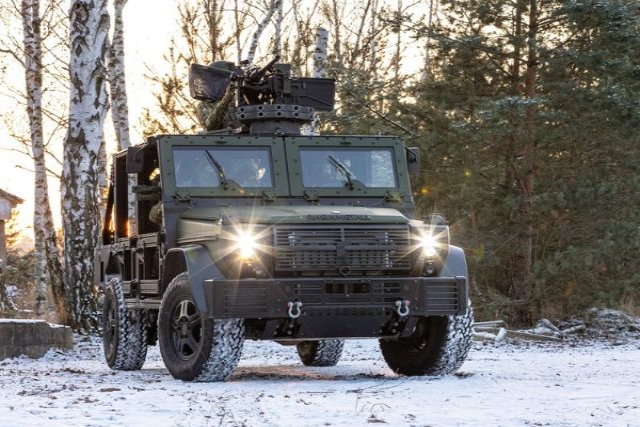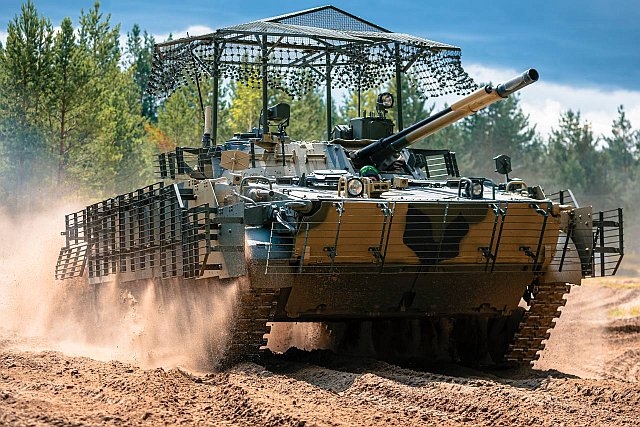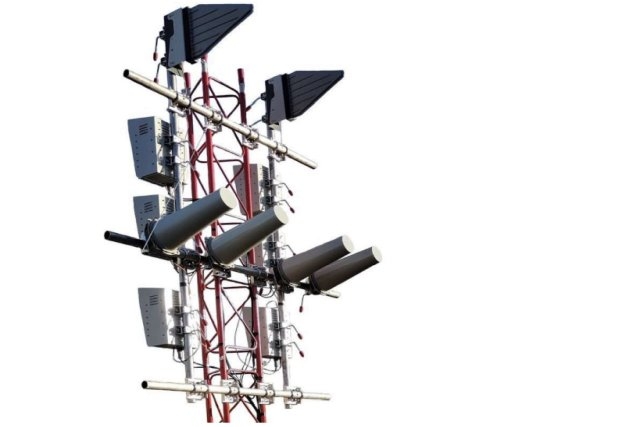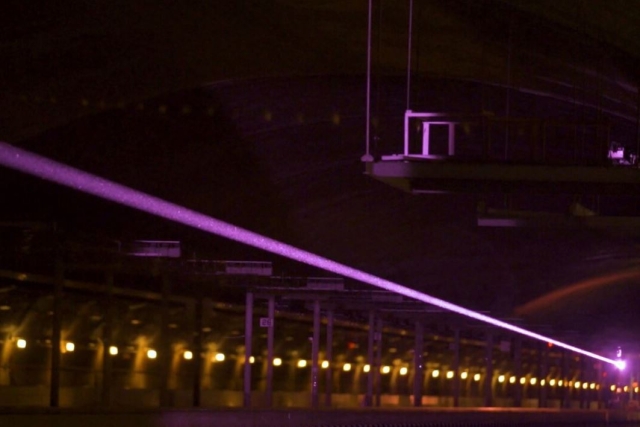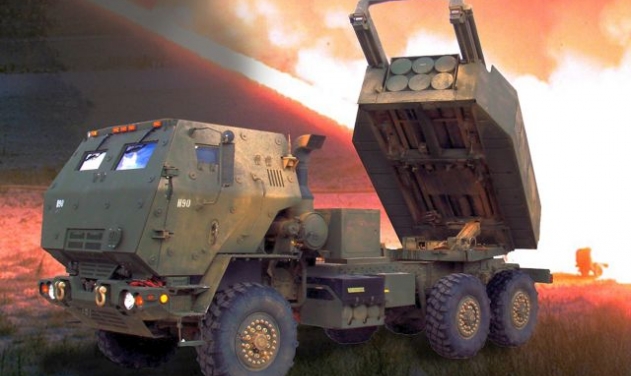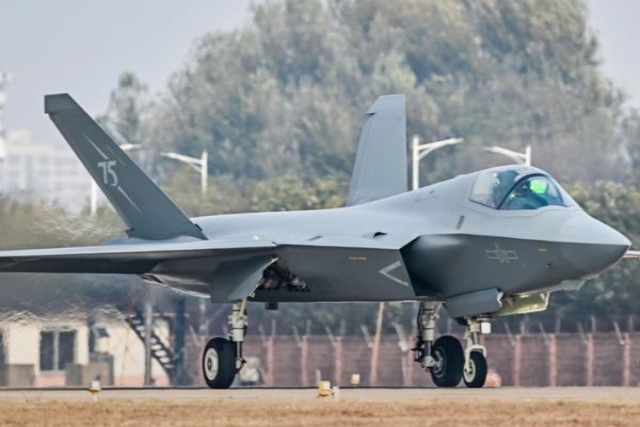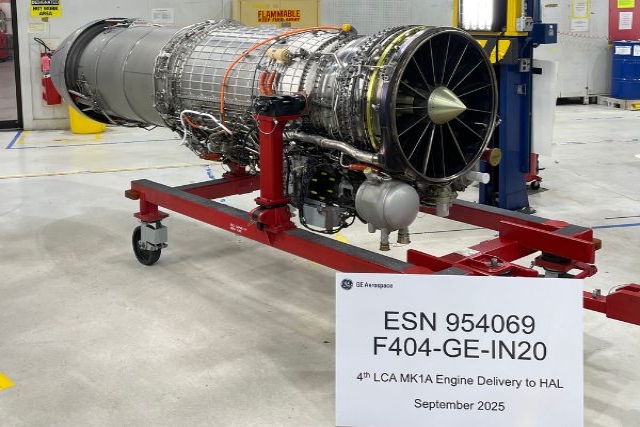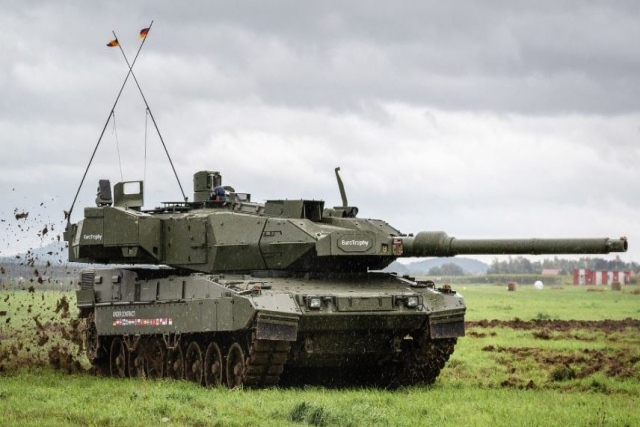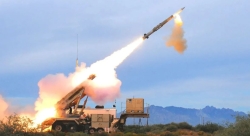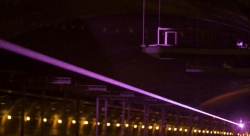Russia Shows All-weather Anti-drone Electronic Warfare System 'Radon-O'
Modular system used by energy, industrial, and law enforcement sectors to counter UAV threats in harsh weather conditions
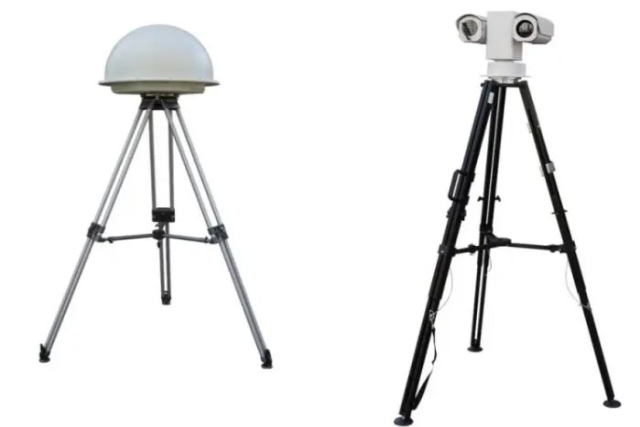
Russia has unveiled a new all-weather electronic warfare system called Radon-O, designed to detect, track, and suppress drones across a range of environments.
The system was presented on July 1 at the Engineers of the Future forum by RosEl, part of the United Instrument-Making Corporation under the state-owned Rostec.
According to a statement from Rostec, Radon-O is already being used at critical infrastructure sites to prevent unauthorized drone incursions. Its deployment includes oil and gas production facilities, law enforcement agencies, and machine-building enterprises. Rostec stated that the system has shown strong results in reducing the risk of industrial espionage and sabotage involving unmanned aerial vehicles (UAVs).
The Radon-O system includes multiple modules working together to form a layered defense. The Bug radar module detects and tracks low-flying UAVs, including small drones, by determining their coordinates. The Terney-M module provides round-the-clock electronic monitoring of airspace and can operate independently or as part of an integrated complex. Optical detection is handled by the Neman video analytics module, which identifies and follows moving aerial targets at distances of several kilometers. For neutralizing drones, the Dvina-50 subsystem uses electronic interference to jam control signals, data links, and satellite navigation systems, targeting drones weighing up to five kilograms.
The system’s modular design enables it to be adapted to various environments and defense needs. Rostec highlighted its role in securing facilities that are vulnerable to surveillance and unauthorized drone operations, particularly as UAVs are increasingly used for both reconnaissance and disruptive activities.
Radon-O’s deployment adds to Russia’s growing portfolio of electronic warfare tools, especially as drone technology becomes more common in modern conflict and security environments.
